- News
- India News
- Let vote move with voter: Why it’s not a reality yet
Trending
This story is from January 8, 2019
Let vote move with voter: Why it’s not a reality yet
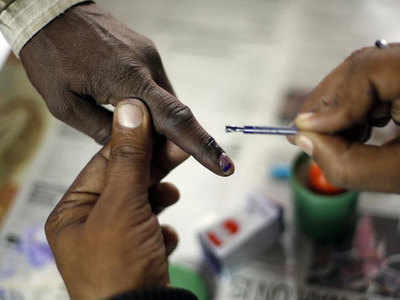
Key Highlights
- Many Indians can’t vote because they are not registered in the place where they are “ordinarily resident”
- Not many migrants, most of whom are poor and not very educated, bother to have themselves enrolled every time they move to a new place for work
- What they obviously need is a facility allowing them to vote from where they are
While millions criss-cross the country for work, the vote remains homebound as there is little effort to make it possible for migrant workers to vote from where they are
After each election, parties look to the Election Commission (EC) to find out the percentage of people who voted for them. But what often gets overlooked is the number of people who did not turn up to vote — even though sometimes their number is higher than the winning margin.True, there are some who don’t vote because they couldn’t care less. But there are many who are very involved but can’t vote because they are not registered in the place where they are “ordinarily resident”. A large number of them are migrant workers, who are enrolled in their native places but have moved elsewhere for work.
Section 20 of the Representation of the People (RP) Act says a person can be registered as a voter in any constituency where he is “ordinarily resident”. In case he migrates to another constituency, all he needs to do is fill up a voter enrolment form at the new place while requesting that his name be deleted from the old list. “The application to be filed upon shifting to another constituency can be completed and submitted offline or online on the very day of moving to a new address,” said S K Mendiratta, former legal adviser to the EC.
However, not many migrants, most of whom are poor and not very educated, bother to have themselves enrolled every time they move to a new place for work. “The process of enrolling takes time. It requires the migrant worker to submit proof of the new residence, which is not always available. On voting day, not many migrant workers can go to their native place to vote, as their employers may not give them leave or they may not be able to afford the journey. So, they end up not voting,” a former chief election commissioner said.
What they obviously need is a facility allowing them to vote from where they are. This is a facility the government wants to introduce for NRIs, with the Lok Sabha passing a bill last August to amend the RP Act for facilitating proxy voting by NRIs from their countries of residence. But there’s no such plan to facilitate voting for domestic migrants.
The NRI proxy voting bill, however, has yet to clear the Rajya Sabha hurdle. Parties like CPM insist that the government, while extending voting privileges to NRIs, cannot ignore the voting rights of domestic migrants. The EC’s stand is that no such facility can be introduced in the absence of a legal definition of “migrant worker” and the lack of authentic data on such voters.
“How do you define a migrant worker or voter? For instance, what is the minimum number of days that he should be working in a place to qualify as a migrant worker? The EC can suggest options for facilitating this class of voters only when it has the exact ‘definition’ and data on domestic migrants?” former CEC O P Rawat said.
A committee set up by the EC in 2015 to study the feasibility of having migrant workers vote from wherever they are residing hit a stumbling block due to lack of clarity on the definition of a migrant. A study commissioned by EC on inclusive elections cited domestic migration rates computed by NSSO in 2007-08 and Census 2001 figures. NSSO in 2007-08 put their number at around 326 million (including those under 18 years of age) while Census 2001 counted them at around 307 million. The study made a case for EC conducting a proper survey of domestic migrants before drawing up a policy on facilitating their vote.
Several experts, including former CEC Nasim Zaidi, believe that arranging voting rights for such a large number of domestic migrants would be a logistical challenge. It would mean setting up special EVMs for various constituencies at designated polling booths and then bringing such EVMs to the counting centre for a particular constituency. “Even postal ballots are a mammoth task. While online voting is a future option, one has to ensure that the system is secure and voters and parties are convinced it is tamper-proof. Even in online voting, the displaced voter must have a unique identity, which may be achieved by linking voter ID cards with Aadhaar numbers and cleaning the electoral rolls of duplicate entries,” an EC official said.
Given the logistical, secrecy and security concerns, many feel it may be easier and more practical to have internal migrants enrol where they are “ordinarily resident”. “EC is looking at simplifying the enrolment process for registering ‘shifted’ voters,” a senior EC functionary said.
Every 10th worker in India is an internal migrant
India may appear to some as a country that is unmoving in its obedience to rootedness. But when it comes to moving for work at least, that perception is a mistaken one because data points to high levels of internal migration in search of a livelihood. While the rewards of better economic opportunities have overcome the costs of moving, the country, however, has been unable to make one of the most basic democratic rights — that of voting — move in step with an increasingly mobile population. A look at the big internal migrant numbers and the recommendations of a study commissioned by Election Commission on increasing the turnout of migrant workers for polls.

Source: Economic Survey 2016-17; Election Commission of India
What the migrant worker needs to regain the vote
Tata Institute of Social Sciences had the following suggestions for EC to increase voter participation at polls ...
None of them will queue up to vote this year
They are not on a voters’ list in Delhi, and will not be able to go home on poll day.




After each election, parties look to the Election Commission (EC) to find out the percentage of people who voted for them. But what often gets overlooked is the number of people who did not turn up to vote — even though sometimes their number is higher than the winning margin.True, there are some who don’t vote because they couldn’t care less. But there are many who are very involved but can’t vote because they are not registered in the place where they are “ordinarily resident”. A large number of them are migrant workers, who are enrolled in their native places but have moved elsewhere for work.
Section 20 of the Representation of the People (RP) Act says a person can be registered as a voter in any constituency where he is “ordinarily resident”. In case he migrates to another constituency, all he needs to do is fill up a voter enrolment form at the new place while requesting that his name be deleted from the old list. “The application to be filed upon shifting to another constituency can be completed and submitted offline or online on the very day of moving to a new address,” said S K Mendiratta, former legal adviser to the EC.
To make your vote mobile, support the petition at www.lostvotes.com
However, not many migrants, most of whom are poor and not very educated, bother to have themselves enrolled every time they move to a new place for work. “The process of enrolling takes time. It requires the migrant worker to submit proof of the new residence, which is not always available. On voting day, not many migrant workers can go to their native place to vote, as their employers may not give them leave or they may not be able to afford the journey. So, they end up not voting,” a former chief election commissioner said.
What they obviously need is a facility allowing them to vote from where they are. This is a facility the government wants to introduce for NRIs, with the Lok Sabha passing a bill last August to amend the RP Act for facilitating proxy voting by NRIs from their countries of residence. But there’s no such plan to facilitate voting for domestic migrants.
The NRI proxy voting bill, however, has yet to clear the Rajya Sabha hurdle. Parties like CPM insist that the government, while extending voting privileges to NRIs, cannot ignore the voting rights of domestic migrants. The EC’s stand is that no such facility can be introduced in the absence of a legal definition of “migrant worker” and the lack of authentic data on such voters.
“How do you define a migrant worker or voter? For instance, what is the minimum number of days that he should be working in a place to qualify as a migrant worker? The EC can suggest options for facilitating this class of voters only when it has the exact ‘definition’ and data on domestic migrants?” former CEC O P Rawat said.
A committee set up by the EC in 2015 to study the feasibility of having migrant workers vote from wherever they are residing hit a stumbling block due to lack of clarity on the definition of a migrant. A study commissioned by EC on inclusive elections cited domestic migration rates computed by NSSO in 2007-08 and Census 2001 figures. NSSO in 2007-08 put their number at around 326 million (including those under 18 years of age) while Census 2001 counted them at around 307 million. The study made a case for EC conducting a proper survey of domestic migrants before drawing up a policy on facilitating their vote.
Several experts, including former CEC Nasim Zaidi, believe that arranging voting rights for such a large number of domestic migrants would be a logistical challenge. It would mean setting up special EVMs for various constituencies at designated polling booths and then bringing such EVMs to the counting centre for a particular constituency. “Even postal ballots are a mammoth task. While online voting is a future option, one has to ensure that the system is secure and voters and parties are convinced it is tamper-proof. Even in online voting, the displaced voter must have a unique identity, which may be achieved by linking voter ID cards with Aadhaar numbers and cleaning the electoral rolls of duplicate entries,” an EC official said.
Given the logistical, secrecy and security concerns, many feel it may be easier and more practical to have internal migrants enrol where they are “ordinarily resident”. “EC is looking at simplifying the enrolment process for registering ‘shifted’ voters,” a senior EC functionary said.
Every 10th worker in India is an internal migrant
India may appear to some as a country that is unmoving in its obedience to rootedness. But when it comes to moving for work at least, that perception is a mistaken one because data points to high levels of internal migration in search of a livelihood. While the rewards of better economic opportunities have overcome the costs of moving, the country, however, has been unable to make one of the most basic democratic rights — that of voting — move in step with an increasingly mobile population. A look at the big internal migrant numbers and the recommendations of a study commissioned by Election Commission on increasing the turnout of migrant workers for polls.
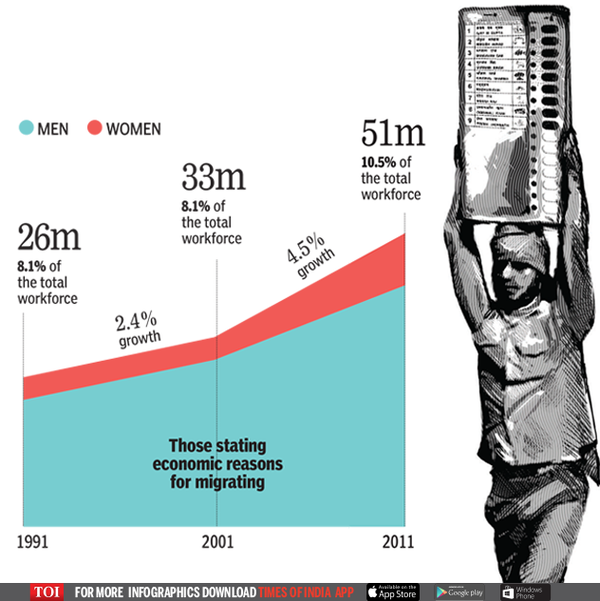
Source: Economic Survey 2016-17; Election Commission of India
What the migrant worker needs to regain the vote
Tata Institute of Social Sciences had the following suggestions for EC to increase voter participation at polls ...
- The “ordinarily resident” clause for enrolling as a voter should be treated as multi-local identity for internal migrants. EC says one has to be “ordinarily resident of the part or polling area of the constituency” where they want to be enrolled, which means one’s residential address is tied to the place of voting
- Political parties should debate the suitability of multiple voting mechanisms like postal, proxy, absentee, early and e-voting
- The short-term/seasonal migrants should be identified, especially among workers belonging to the poor and disadvantaged sections
- The Contract Labour and The Inter-state Migrant Workmen (Regulation Of Employment and Conditions of Service) Act, 1979, needs effective implementation. The Act aims to regulate the employment and safeguard interests of inter-state migrant workers, and as such requires registration of establishments employing them. That would provide a database of migrants for improving voter participation
- Voter ID and Aadhaar number should be merged to aid portability of voting rights
- A common, singlepoint, one-time voluntary registration system should be introduced at the destination place for migrant workers
- Electoral support services should be provided for migrants at the source and destination areas
- EC should organise campaigns to raise awareness about voting rights among domestic migrants
- Helplines should be opened for migrants at their destination place, with staff speaking different languages
None of them will queue up to vote this year
They are not on a voters’ list in Delhi, and will not be able to go home on poll day.
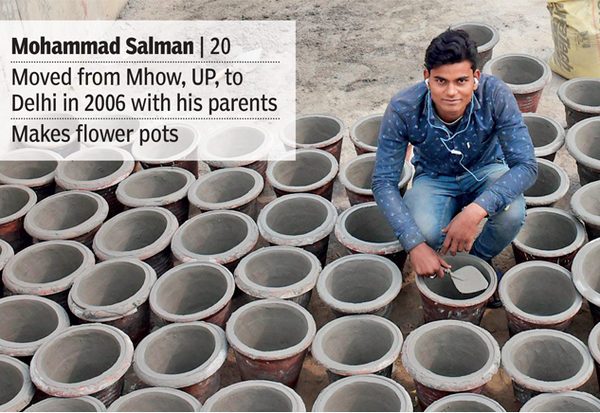
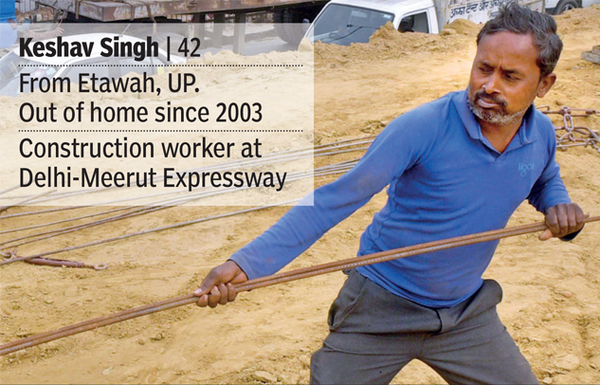
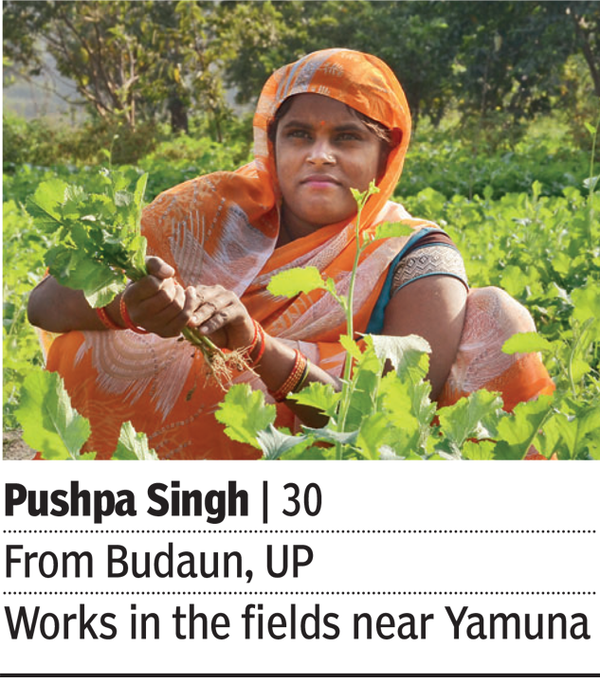
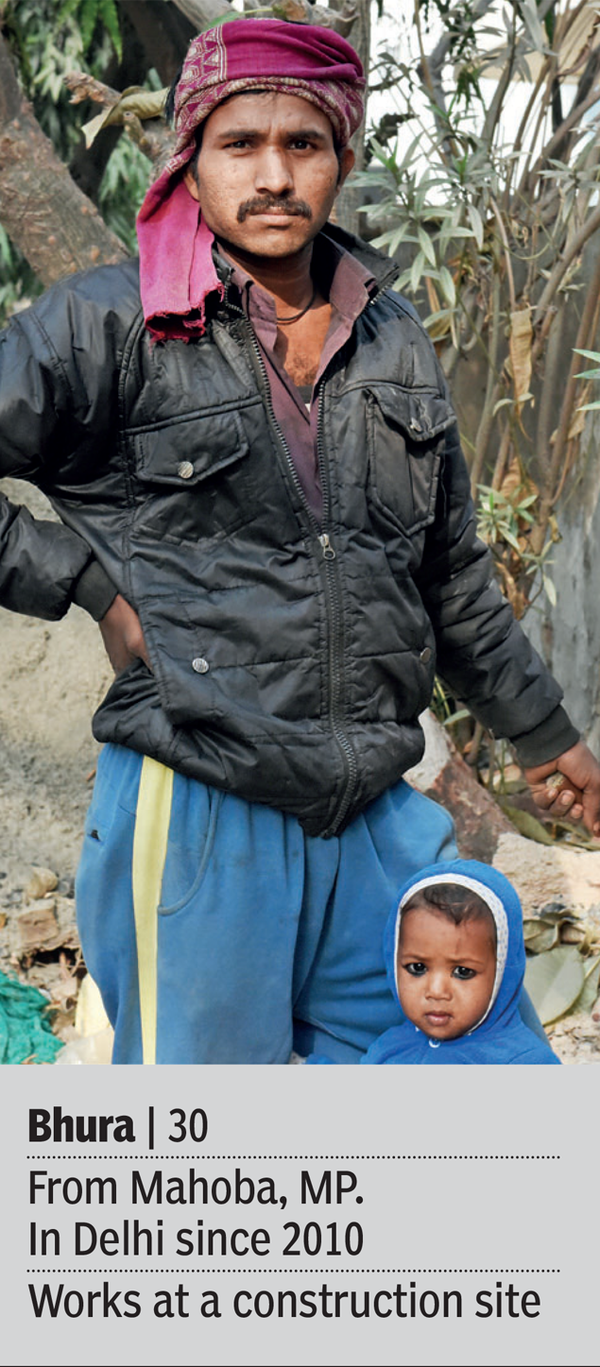
End of Article
FOLLOW US ON SOCIAL MEDIA










